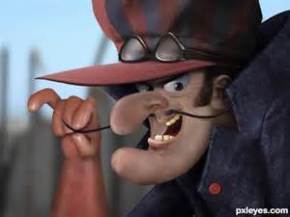It may sound obvious but I’ll say it anyway. Reading is vital for the writer. Not just reading books of the same genre as you intend writing about. That is just going to lead to another ‘same-as-all-the-other’ books in that genre. By reading a variety of genres the writer picks up aspects of each genre that they can weave into their book. After all they are writing a book, telling a story…not a genre.
For example a fantasy story will have, woven into it aspects of love, comedy, mystery etc. Where best to learn how to write these threads well but from the masters of that genre. Reading books about writing are on the list too but, in my case, I do not put them higher than the stories themselves. Books on writing are really just books that could be titles ‘This is how I did it…(author’s name). They can offer ideas to the writer but I doubt anyone will end up following one of these books like a sort of recipe.
Sadly, some authors do fall into the genre-writing trap. It’s easy to do. Take a bestseller and break it back down into its outline plan. Then replace the characters and settings etc with similar but new ones. You will end up with a book or even a series of books but they will always be judged for what they are…copies.
Related articles
- What’s in a Name? (diamondpublicationz.wordpress.com)
- Genre? But I defy all genres; my story’s deeper than that! (robsparkeswriting.wordpress.com)
- Short Guide To Genre Hopping: My Thanks To Iain Banks (ellmanbooks.com)
- Writer-Readers (christiansread.wordpress.com)
- Decisions…Decisions? (stephanie-hurt.com)







